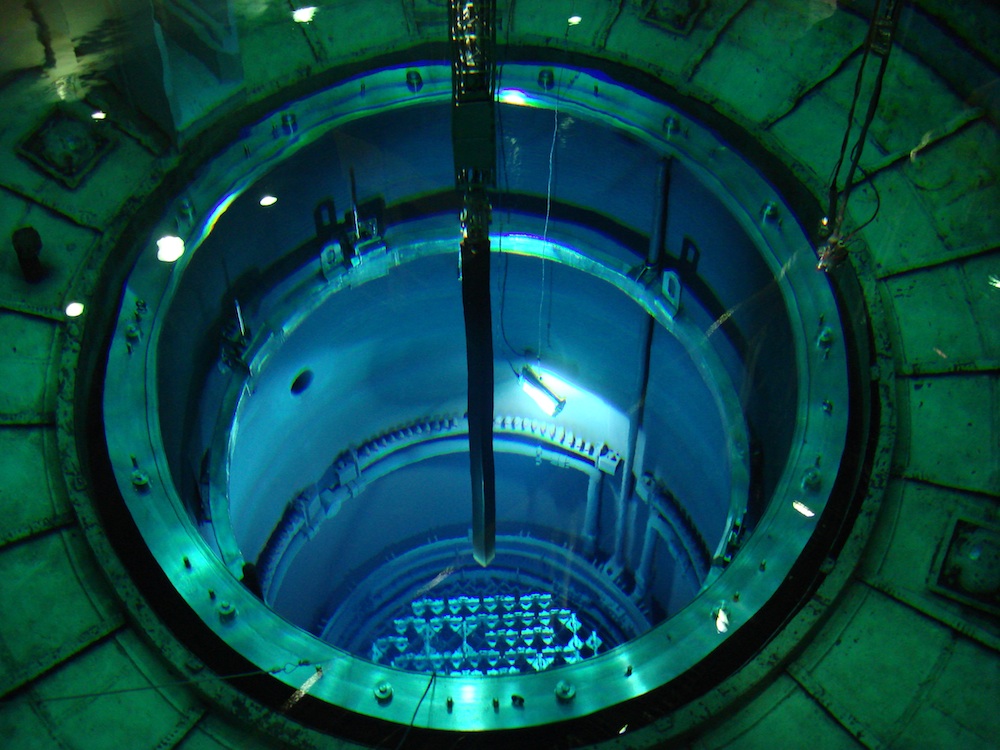Today the typical nuclear power company has two types of workers, those over 50 who accomplished something in the industry from the 1950’s to 1970’s and those in their 20’s and early 30’s who have grown up with high expectations that new technology will allow them to carry the industry to a glorious future. Folks in the middle, who grew up during the moratorium on new plants suffered while scientists and engineers tried to understand what went wrong at Three Mile Island and Chernobyl.
While renewable energy resources such as wind, solar and hydroelectric are making huge gains, for obvious reasons, advances in nuclear science and technology are leading to a renewed interest in nuclear power as a low carbon energy source. IndustryTap has covered: small modular reactors, nuclear fusion, helium cooled reactors, new materials such as “radioactive glass” and WAMSR that promises to help reduce the world’s 270,000 metric tons of radioactive waste to the volume of just 270,000 baseballs.
According to nuclear industry watchers much of what has gone wrong in nuclear plants is related to aging technology. Scientists and nuclear engineers are developing new generations of technology with a number of significant advances just over the horizon. While renewable energy grows, India, China, Russia, the US and the EU are continuing to see nuclear energy as an important element of their energy mix. In addition, many areas of the world don’t have consistent sunlight or wind making them increasingly dependent on the Middle East and increasingly finite fossil fuels.
New Computational Power & Materials Synthesis
Due to advances in computer and materials science, the nuclear industry is looking to a day when it will be possible to build radiation resistant materials atom by atom, aka additive manufacturing, to create new types of nuclear waste repositories that will last tens of thousands of years.
Europeans, for example, have created the European Sustainable Nuclear Industrial Initiative (ESNII) which is funding three Generation IV reactor systems, including a lead-cooled, accelerator-driven, fast reactor named Myrrha that will be built in Belgium, with groundbreaking in 2014.
Intermitancy of Renewable Energy Is Not Yet Solved
In the following video Bill Gates’ visits MIT and discusses the strengths of nuclear energy vis-a-vis renewable energy. According to Gates an economy using 20% renewable resources can function well, but once the percentage of renewable energy reaches a higher percentage, intermittency becomes a serious problem, leading to supply shortages and black outs.
As a result, many countries will continue to depends heavily on “base load” producers like coal, hydro, natural gas and nuclear and will need to for decades to come.
Related aricles on IndustryTap:
- Floating Nuclear Power Plants Could Save Us from Meltdowns
- Wind Power Blows Past Nuclear Power in Spain for the First Time
- Who’s Going to Pay for Germany’s 9-Year Nuclear Power Phaseout Plan?
References and related content:







